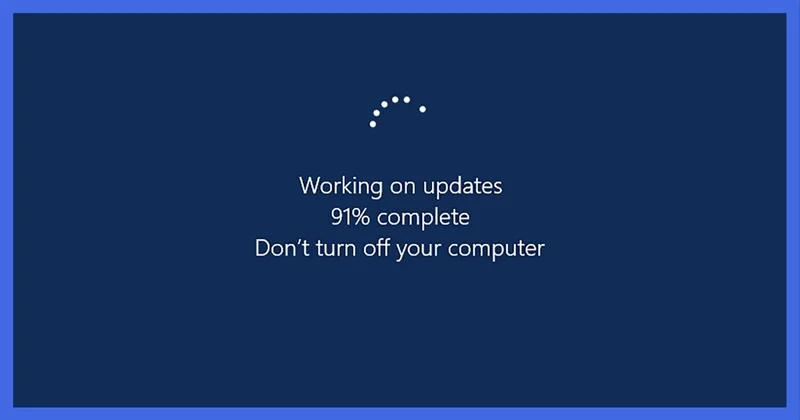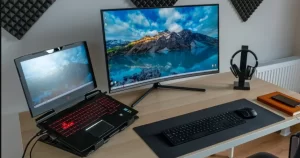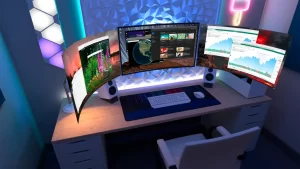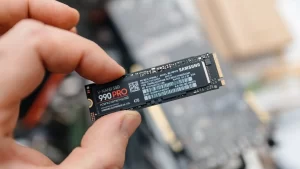A Windows update is supposed to improve your system’s performance and security, not disrupt your internet connection. Yet, many users encounter a recurring problem: the Wi-Fi driver starts crashing or behaving erratically after a Windows update. Connections drop, the adapter disables itself, or the entire system becomes unstable when attempting to use Wi-Fi.
If you’re in this situation, you’re not alone—and you’re not helpless. Below is a comprehensive guide to understanding why this happens and what you can do to fix it.
Why Windows Updates Break Wi-Fi Drivers
When Windows updates, it often modifies low-level components of the system, including network stack changes, kernel updates, and driver APIs. These can conflict with existing drivers, especially if:
- The driver is outdated or poorly maintained.
- The manufacturer hasn’t released an update compatible with the new Windows build.
- Windows installs a generic driver that lacks hardware-specific features.
The result? Crashes, frequent disconnects, or even “No Wi-Fi Adapter Found” errors.
Initial Checklist Before Troubleshooting
Before diving into advanced solutions, make sure you’ve ruled out basic problems:
| Item to Check | Why It Matters |
|---|---|
| Airplane mode | May have been toggled by update |
| Wi-Fi switch (laptops) | Some laptops have a physical switch that disables wireless |
| Router and modem | Restart these to rule out external network issues |
| Other devices on network | Confirm if the issue is isolated to one PC |
| Ethernet connection | Use a wired connection temporarily for downloads and updates |
If none of these apply, it’s time to dig into deeper fixes.
Step-by-Step Fixes for Wi-Fi Driver Crashes
1. Roll Back the Wi-Fi Driver
Windows updates sometimes replace your manufacturer’s driver with a generic one. Rolling back can restore stability.
How to Roll Back a Driver:
- Press Windows + X and select Device Manager.
- Expand Network adapters.
- Right-click your Wi-Fi adapter and select Properties.
- Go to the Driver tab.
- Click Roll Back Driver (if available).
Note: If this option is greyed out, the previous version isn’t stored, and you’ll need to manually reinstall it.
2. Download the Latest Manufacturer Driver
The best driver for your hardware often comes from the device’s manufacturer, not Microsoft.
Steps:
| Source | Access Instructions |
|---|---|
| Intel Wi-Fi adapters | Go to Intel’s driver site |
| Realtek or Broadcom adapters | Visit your laptop or motherboard manufacturer’s support page |
| Custom-built PCs | Check the Wi-Fi card model and visit its official site |
After downloading, uninstall the current driver via Device Manager, restart the PC, and then install the downloaded driver manually.
3. Prevent Windows from Automatically Updating Drivers
To stop Windows from overwriting your working driver:
- Press Windows + R, type gpedit.msc and hit Enter. (Not available on Windows Home editions.)
- Navigate to: Computer Configuration > Administrative Templates > Windows Components > Windows Update > Do not include drivers with Windows Updates
- Enable this policy.
For Home edition users, this setting can be applied through the Registry Editor.
4. Use the Network Reset Tool
Windows includes a built-in tool to reset all network components to default.
How to Use:
- Go to Settings > Network & Internet > Status.
- Scroll down and click Network reset.
- Follow the prompts and restart your PC.
This removes and reinstalls all network adapters. You’ll need to reconnect to Wi-Fi networks afterward.
5. Disable Power Saving Settings for Wi-Fi Adapter
Power-saving features may be too aggressive after an update and cause the adapter to turn off.
Steps:
- Open Device Manager.
- Right-click your Wi-Fi adapter > Properties.
- Go to the Power Management tab.
- Uncheck Allow the computer to turn off this device to save power.
Also check power plan settings under Control Panel > Power Options > Change plan settings > Advanced settings > Wireless Adapter Settings. Set it to Maximum Performance.
6. Run Network Troubleshooter
Sometimes, the built-in troubleshooter can detect and resolve configuration issues.
- Go to Settings > Update & Security > Troubleshoot > Additional troubleshooters.
- Select Internet Connections, then Run the troubleshooter.
While not always a fix, it can point out useful diagnostics.
Advanced: Use System Restore or Roll Back Windows Update
If the Wi-Fi crashes began immediately after a specific update and none of the above helped, it might be worth rolling back the update itself.
Option 1: System Restore
If you have System Restore enabled:
- Search for Recovery in the Start Menu.
- Choose Open System Restore.
- Pick a restore point before the Wi-Fi issues began.
Option 2: Uninstall Latest Update
- Go to Settings > Update & Security > Windows Update > View update history.
- Click Uninstall updates.
- Remove the most recent cumulative update.
Use this if the problem started very recently and you suspect a bad patch.
Summary Table of Fixes
| Fix | When to Try It | Difficulty |
|---|---|---|
| Roll back driver | Right after Windows Update | Easy |
| Install latest OEM driver | Persistent crashes, rollback unavailable | Moderate |
| Block driver updates | Working driver keeps getting replaced | Moderate |
| Network reset | Complex network behavior post-update | Easy |
| Adjust power settings | Wi-Fi drops when idle or after sleep | Easy |
| System restore or rollback | All else fails; issue began with a specific update | Moderate–Advanced |
When It’s a Hardware Problem
If none of these fixes work, and Wi-Fi crashes continue across all driver versions—even on clean installs or different networks—it could be the adapter itself. Common signs include:
- Wi-Fi disappearing from Device Manager intermittently
- Device showing error code 10 or 43
- Heating issues near adapter location
In such cases, replacing the Wi-Fi card or using a USB Wi-Fi adapter can be a practical workaround.
Final Thoughts
Windows updates are meant to keep your system secure and up to date, but sometimes they disrupt critical drivers. If your Wi-Fi driver crashes after an update, don’t settle for unreliable workarounds or tethered connections. With a structured approach—starting from driver rollback to update blocking—you can usually regain a stable wireless connection.
Remember, regular backups and restore points are your best insurance when system changes go sideways. And when possible, check driver updates directly from your device manufacturer rather than relying solely on Windows. It’s a small step that can save hours of troubleshooting.



